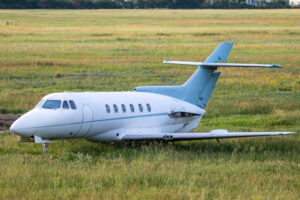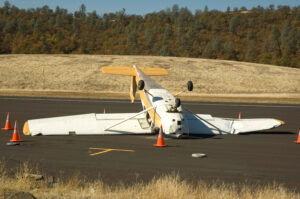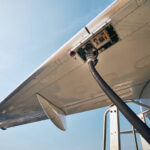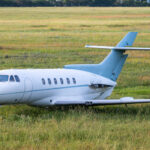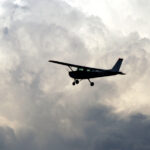Zero Fuel Weight
Among the many numbers that pilots and dispatchers monitor before every flight, Zero Fuel Weight (ZFW) might not sound as dramatic as “maximum takeoff weight” or “landing weight,” but it’s just as critical. Understanding ZFW helps pilots grasp how aircraft structures bear stress, how fuel distribution affects flight characteristics, and why loading limits aren’t just about total weight—they’re about where that weight is carried.
What Is Zero Fuel Weight?
Zero Fuel Weight (ZFW) is the total weight of an aircraft and all its contents, excluding usable fuel. It includes:
- The basic empty weight (aircraft, crew, unusable fuel, oil)
- Payload: passengers, cargo, and baggage
- Any other non-fuel items onboard
When fuel is added, that total becomes the ramp or takeoff weight. The ZFW is key because it defines how much structural load the wings must support before fuel even comes into play.
Key Weight Terms Pilots Should Know
To understand where ZFW fits into the big picture, here’s a quick reference list of the most important aircraft weights:
- Basic Empty Weight (BEW): Aircraft structure, fixed equipment, unusable fuel, oil.
- Operating Empty Weight (OEW): BEW plus crew, catering, and operational items.
- Zero Fuel Weight (ZFW): OEW plus payload (no usable fuel).
- Ramp Weight: ZFW plus all fuel (before engine start).
- Takeoff Weight (TOW): Ramp weight minus taxi fuel.
- Landing Weight (LW): Expected aircraft weight at touchdown.
- Maximum Structural Weights (ZFW, TOW, LW): Limits set by engineers to protect the airframe.
These limits aren’t just bookkeeping—they exist to prevent damage to the aircraft’s structure, particularly the wings.
The Structural Importance of Zero Fuel Weight
Every airplane has a maximum zero fuel weight (MZFW) published in its limitations. Why? Because the wings are designed to carry fuel as part of their load-bearing function. When the tanks are full, the weight of the fuel acts like a balancing force, reducing the bending stress where the wing meets the fuselage.
If too much payload is loaded into the fuselage without sufficient fuel in the wings, the wing root bears a higher bending moment—potentially exceeding design limits. This is why airlines and flight planners closely monitor MZFW; overloading the fuselage while the tanks are empty can overstress the airframe long before total takeoff weight is reached.
Wing Loading and Fuel Distribution
Fuel isn’t just energy—it’s a structural ally. When fuel is carried in the wings, it lowers wing loading by distributing mass along the span and counteracting aerodynamic lift forces. As fuel burns off, those forces increase slightly because there’s less counterweight inside the wings. This is one reason pilots may notice smoother handling early in flight compared to lighter, more flexible conditions later on.
In high-performance aircraft, fuel management systems ensure balance between tanks to maintain center of gravity within limits and preserve optimal wing loading throughout the flight.
Conclusion
Zero Fuel Weight might sound like a technical detail, but it sits at the heart of safe flight operations. It protects the airframe from excessive stress, ensures proper fuel planning, and keeps every weight-related calculation grounded in physics rather than guesswork. Whether you’re flying a Cessna 172 or a Boeing 737, understanding ZFW and structural loading helps every pilot appreciate not just how much an airplane can carry—but how smartly that weight must be distributed.
RELATED CTS TRAINING



